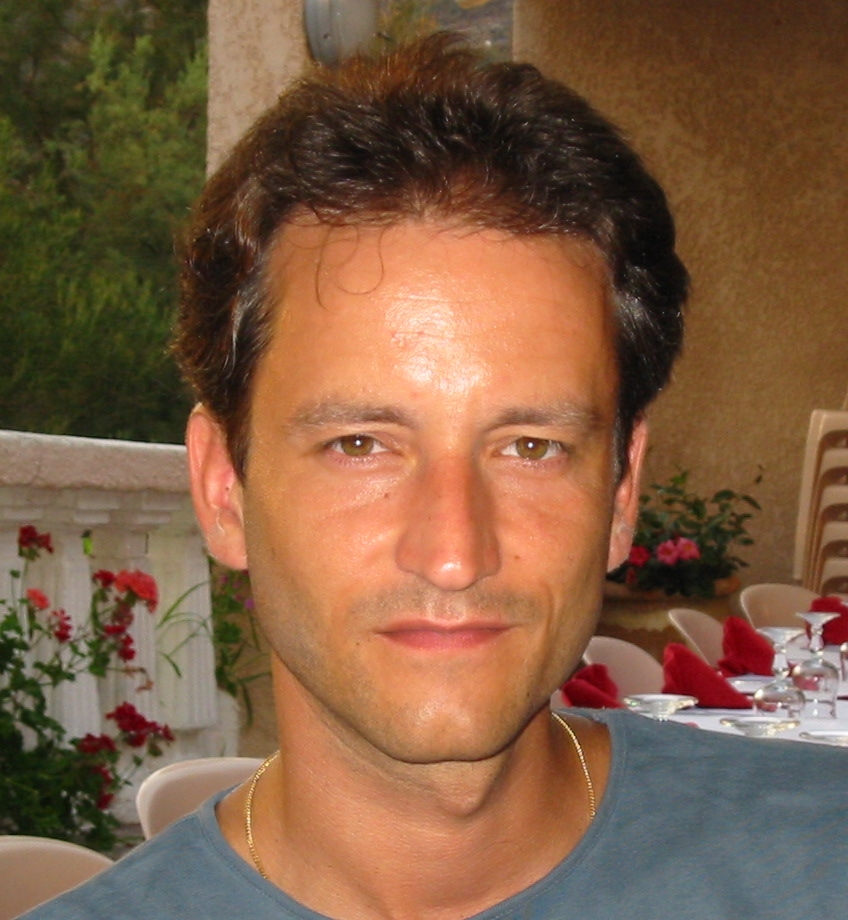
|
|

Custom Search
|
|
|
Studies and Employments
I studied physics at the Geneva university, and specialized in astrophysics/astronomy at the Geneva observatory. I graduated in 1993 and did my diploma degree with Prof. L. Martinet (now retired) and Prof. D. Pfenniger. My diploma work investigated the amount of chaos in stellar orbits in axisymmetric and triaxial models of our Milky Way.
I went on and started a PhD with Prof. P.T. de Zeeuw at Leiden University (The Netherlands). I worked on the construction of computer dynamical models for elliptical galaxies. Once this powerful tool was finished and tested, I applied it to several galaxies and showed that the observed stellar velocities could not be explained without the presence of dark matter, either in the form of super-massive central black holes (like for M32, the dwarf companion of the Andromeda Galaxy) or extended massive dark halos (like for NGC 2434). My main collaborators were H.-W. Rix, R.P. van der Marel and F. van den Bosch.
After completion of my PhD (my promotion was on the 9.9.1999, try to do better!), I went to the Max Planck Institute for Astronomy (MPIA) in Heidelberg for a post-doctoral position of 2 years. I continued my work on dynamical modelling, applying it to extended 2D velocity data, the so-called Integral Field Spectroscopy data, like the OASIS and the SAURON data. I also started applying for time at the ESO Very Large Telescope (VLT) to obtain deep spectroscopic data far away from the galaxy center. The idea is to understand if stellar motion in elliptical galaxies, like in their spiral cousins, is dominated by the gravitational forces of a massive dark halo of unknown material.
In 2001 I took up a fellowship postion at the European Southern Observatory (ESO) in Munich. In parallel to my ongoing research, I worked on a multi-fibre instrument for the VLT, Flames, which feeds two spectographs, GIRAFFE and UVES. GIRAFFE allows the observation of up to 130 targets at the time or to do Integral Field Spectroscopy, with intermediate spectral resolution. UVES provides a higher spectral resolution (twice as good) but can access only up to 8 objects at the time.
At the end of 2004, I moved to Lugano and became a high-school teacher at the Liceo di Lugano 2. During my first year of teaching, I studied pedagogy in the "Alta scuola pedagogica" of Locarno and graduated in the summer of 2005 with these guys.